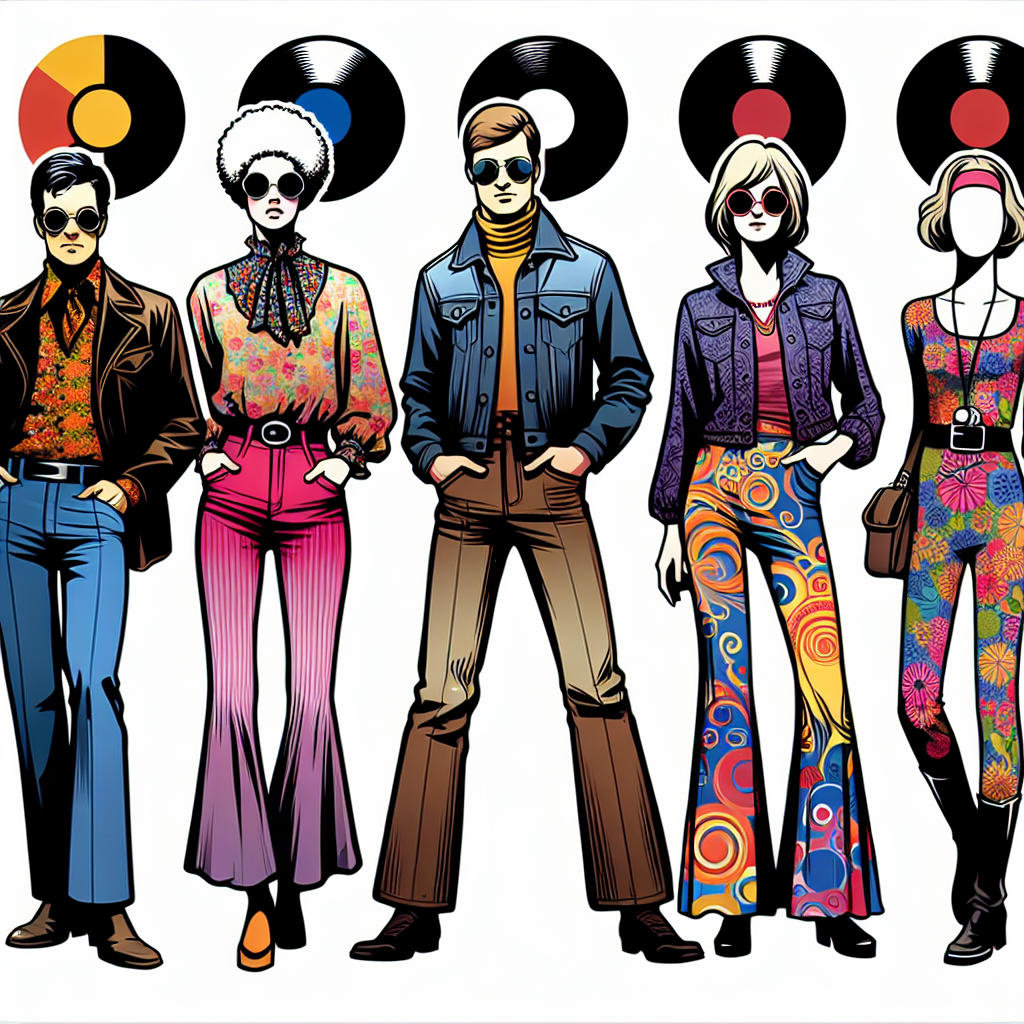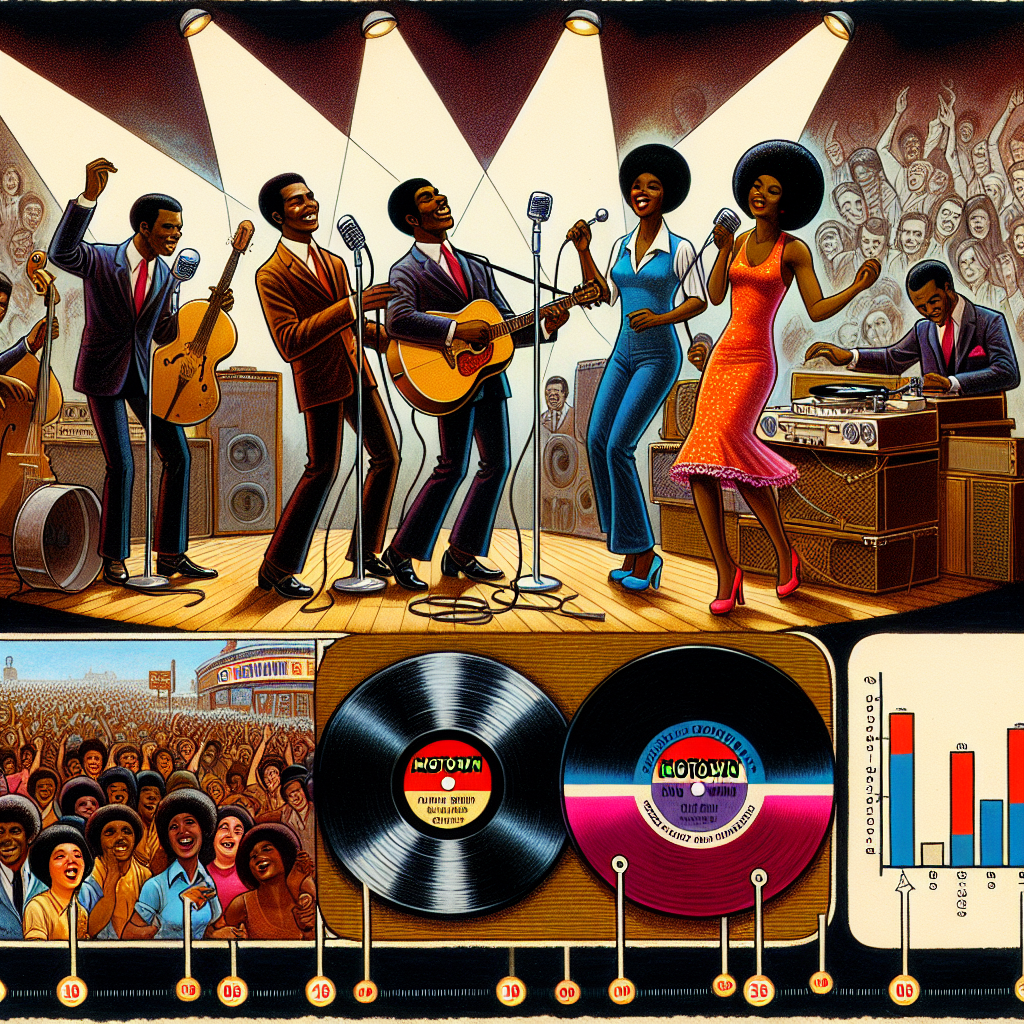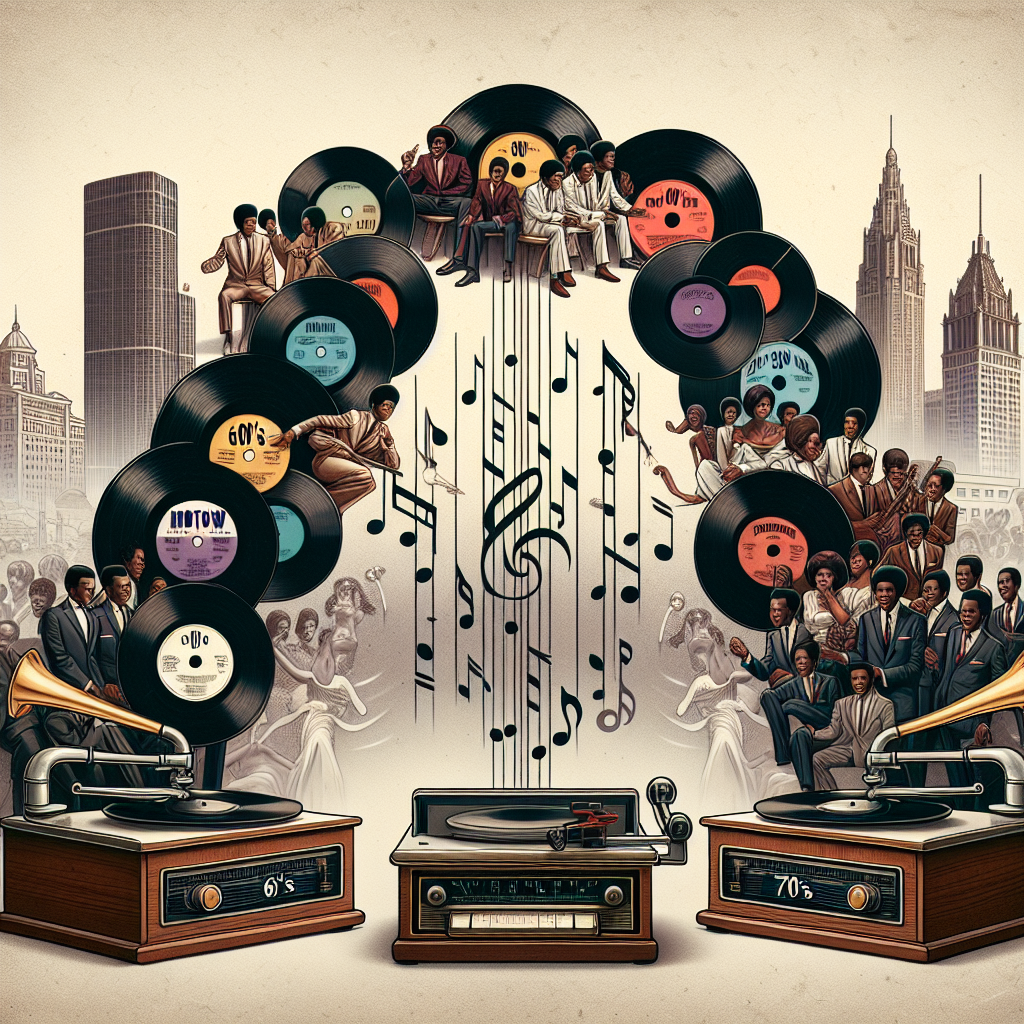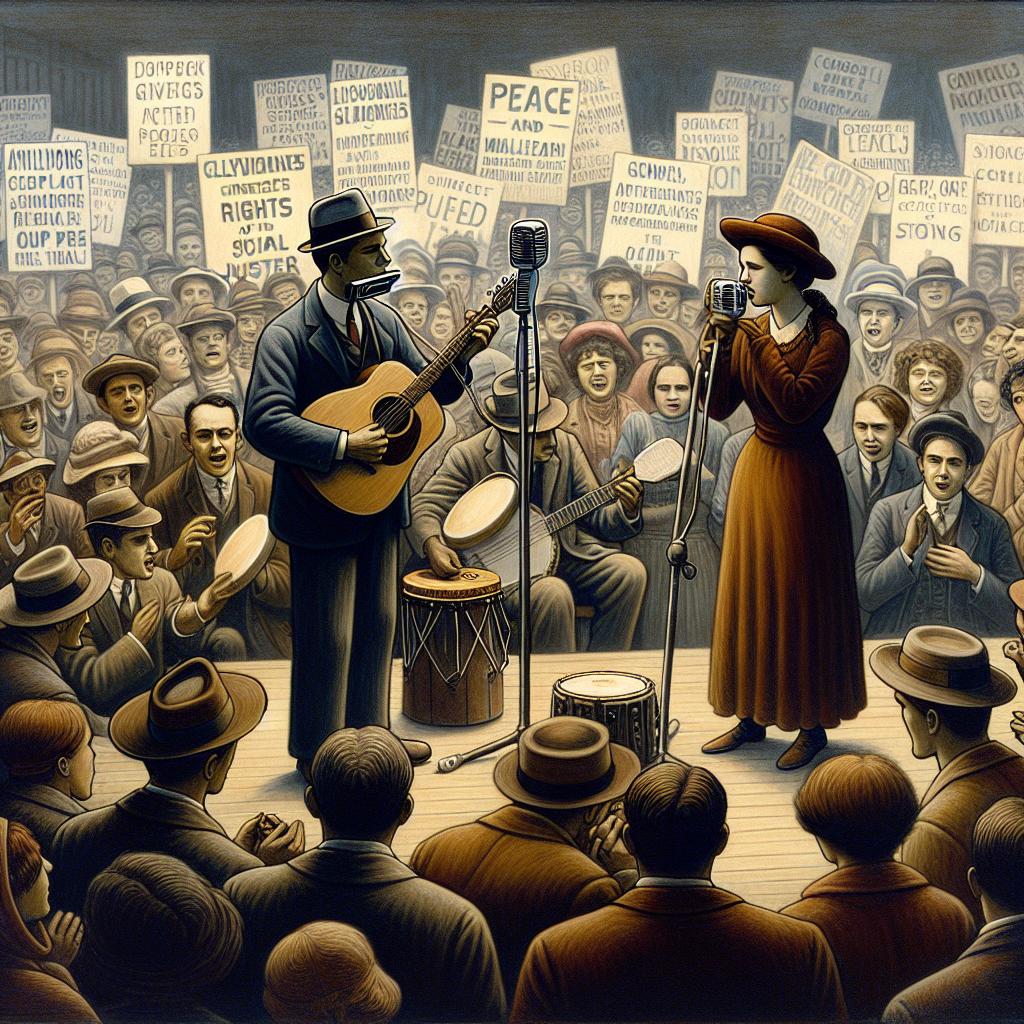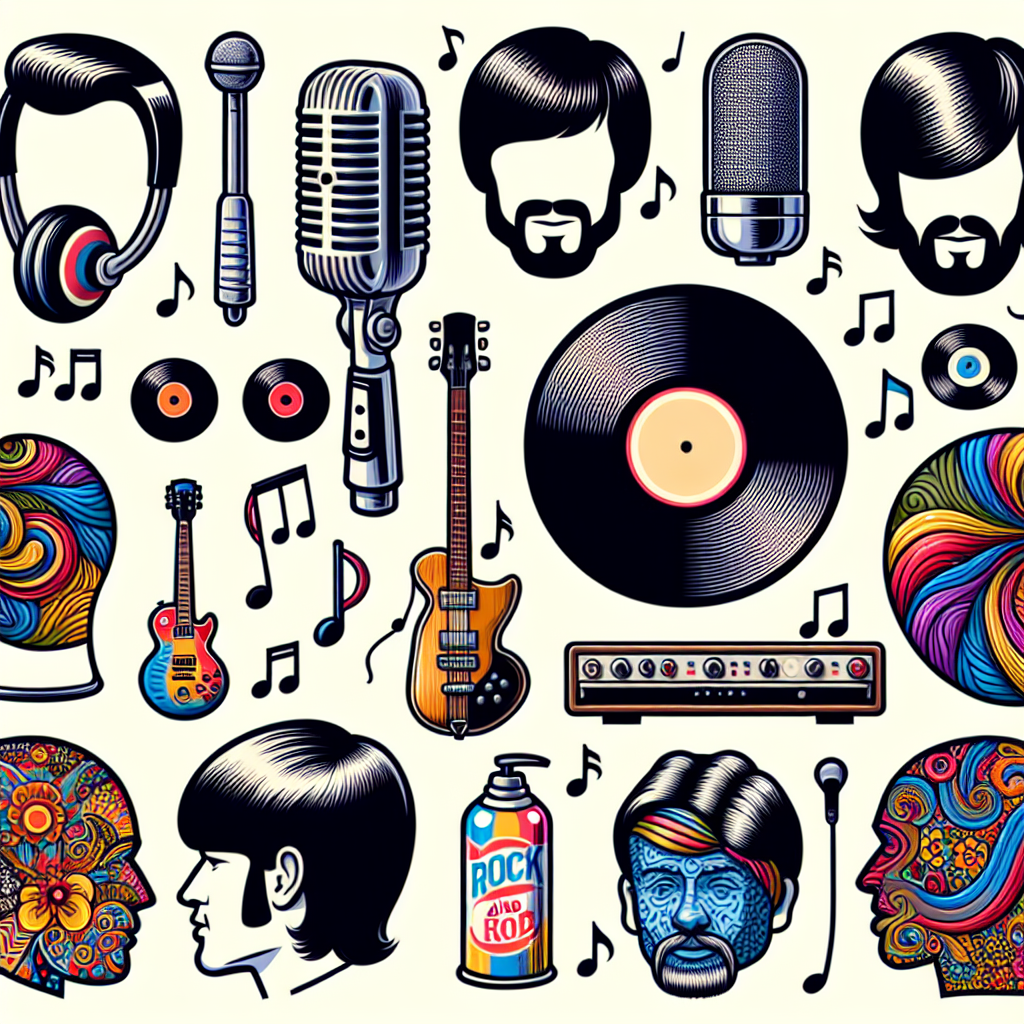During the 1960s and 1970s, Motown played a significant role in shaping the music and culture of the era. The record label, founded by Berry Gordy Jr. in Detroit, Michigan, was responsible for producing some of the most iconic songs and artists of the time.
One of the ways Motown influenced music during this period was through its signature sound. The label’s artists, such as The Supremes, Marvin Gaye, and Stevie Wonder, created catchy melodies and infectious rhythms that resonated with audiences around the world. These songs became anthems for a generation and helped to define the sound of the 60s and 70s.
In addition to its musical influence, Motown also had a significant impact on fashion and culture. The label’s artists were known for their stylish attire and glamorous performances, which helped to set trends in both music and fashion. Politicians often sought out Motown artists to perform at events, recognizing the power of their music to bring people together.
Furthermore, Motown was at the forefront of technological advancements in music production during this time. The label used state-of-the-art recording equipment and techniques to create its distinctive sound, setting new standards for quality in the industry.
Overall, Motown’s influence on music in the 60s and 70s cannot be overstated. The label’s innovative approach to songwriting, performance, fashion, and technology helped to shape an entire generation of musicians and listeners. Its impact continues to be felt today in popular culture around the world.

